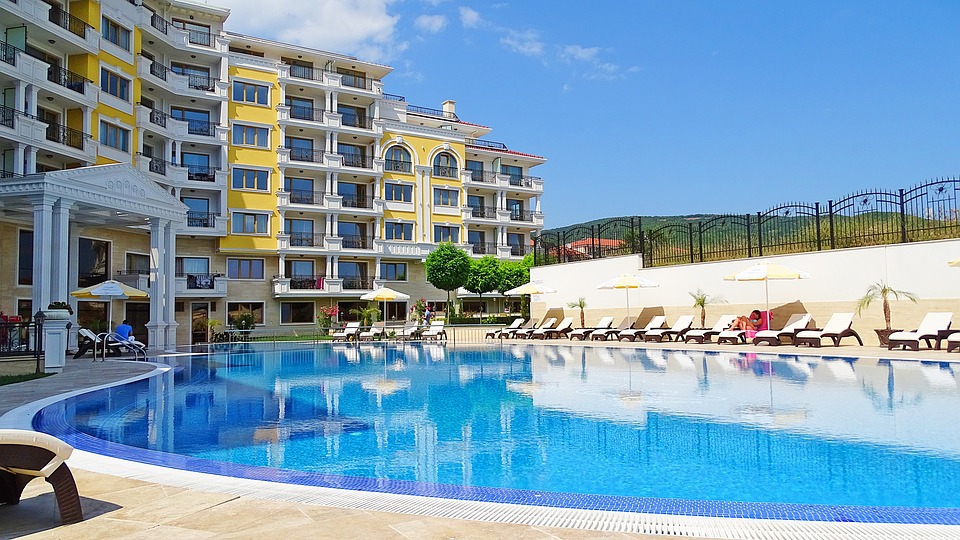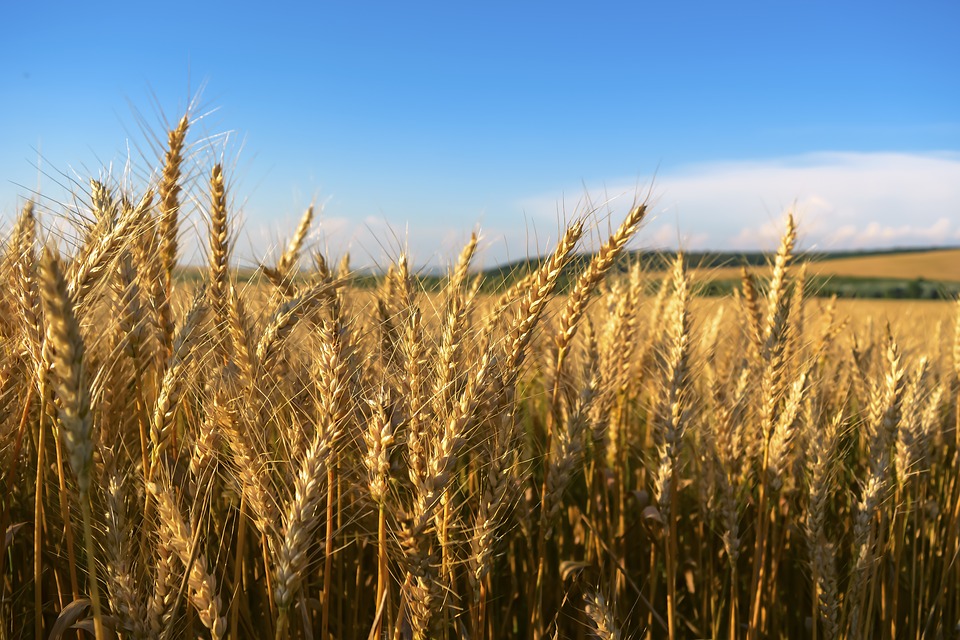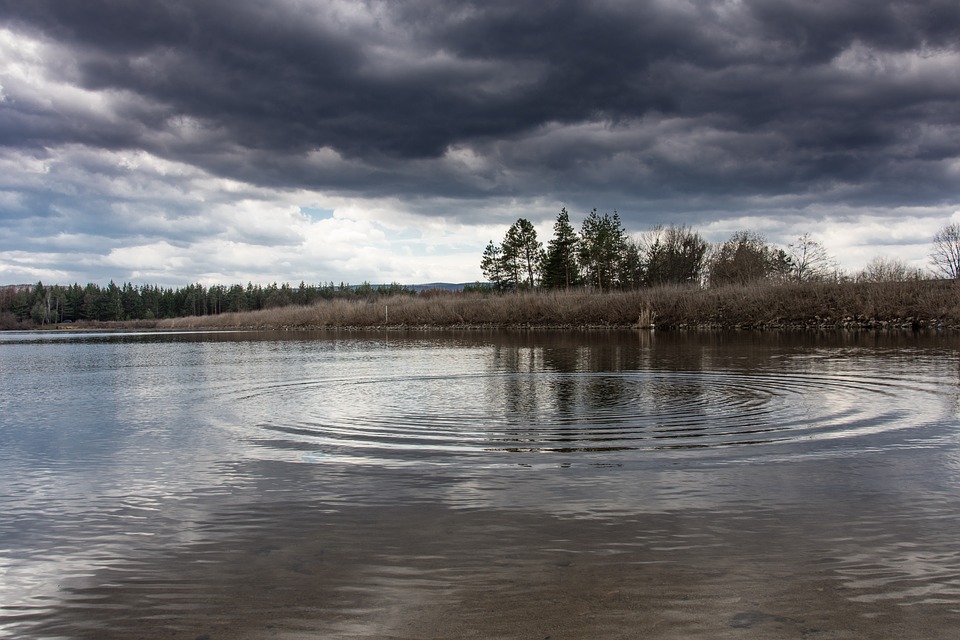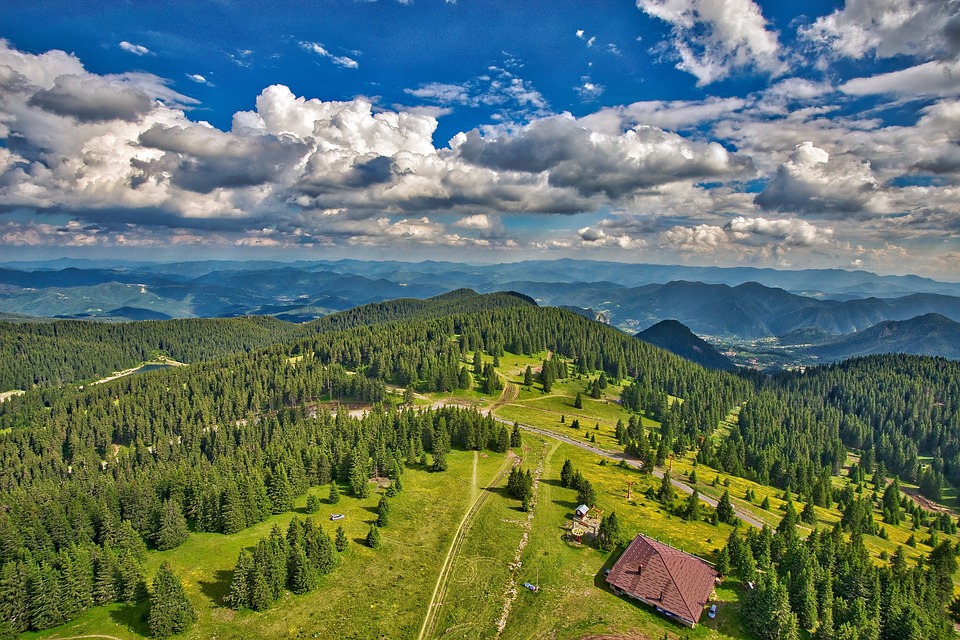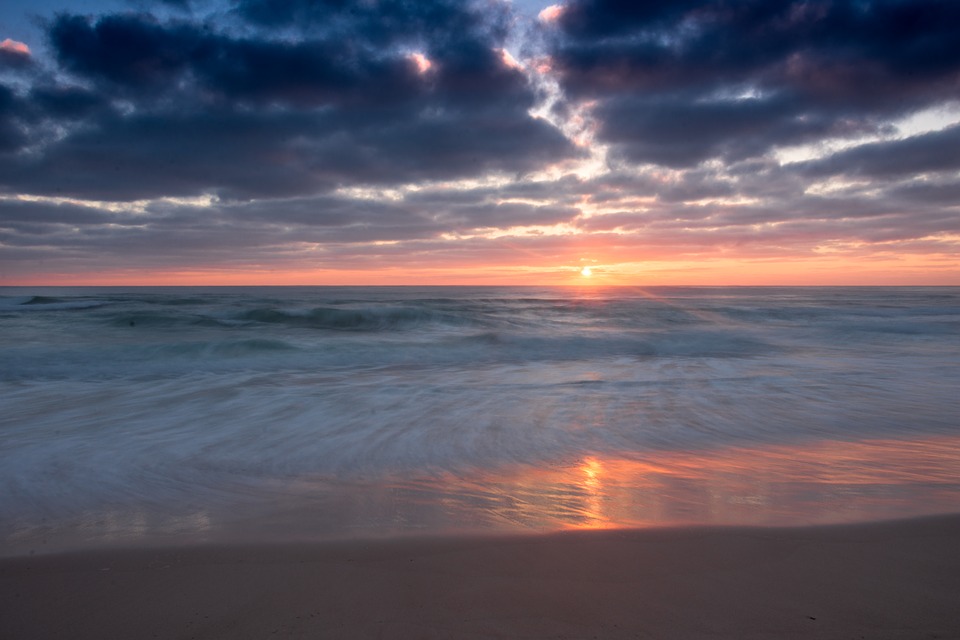Bulgaria
(Republika Bŭlgaria (Republic of Bulgaria))

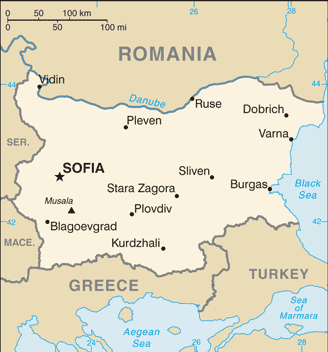





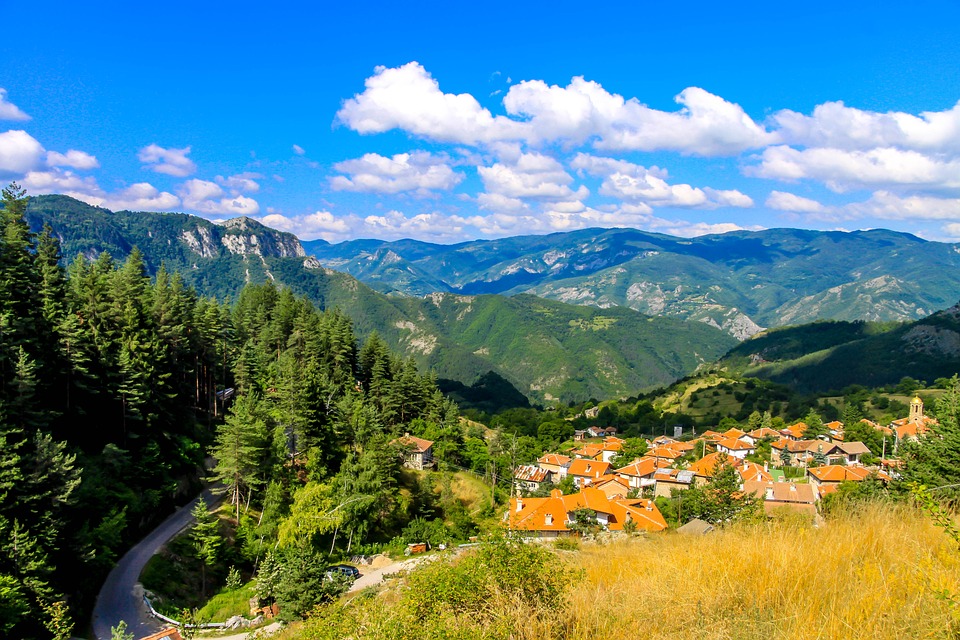
Capital of Bulgaria : Sofia
Population (Estimated July 2012): 7,037,935
Area: 111,002 km2 or 42,858 mi2
Currency: Lev (Lv; Plural Leva)
Official Language: Bulgarian
Political Information: Parliamentary Democracy
Official Religion: No Official Religion (approximately 82.6% of the population are Bulgarian Orthodox, 1.2% have other Christian beliefs, 12.2% are Muslim and 4% have other religious beliefs)
Highest Mountain: Musala at 2,925m or 9,596ft
GDP Official Exchange Rate (OER is more precise at gauging a countries economic power)
(Estimated 2011): $54.3 billion (US$) or £32,580 million (GBP)
GDP (OER) Per Capita (per member of the population estimated 2011): (US$) or (GBP)
GDP Purchasing Power Parity (PPP is good for gauging living conditions and use of resources but not as accurate as OER. This data has been calculated based on the sum value of all goods and services produced in the country valued at prices prevailing in the United States)
(Estimated 2011): $101.2 billion (US$) or £60,720 million(GBP)
GDP (PPP) Per Capita (per member of the population estimated 2011): $13,500 (US$) or £8,100(GBP)
Time Zone (GMT/UTC): +2:00
Counties/Provinces/States: 28 provinces (oblasti, singular – oblast); Blagoevgrad, Burgas, Dobrich, Gabrovo, Khaskovo, Kurdzhali, Kyustendil, Lovech, Montana, Pazardzhik, Pernik, Pleven, Plovdiv, Razgrad, Ruse, Shumen, Silistra, Sliven, Smolyan, Sofiya (Sofia), Sofiya-Grad (Sofia City), Stara Zagora, Turgovishte, Varna, Veliko Turnovo, Vidin, Vratsa, Yambol
Leaders: President Rumen RADEV (since 22 January 2017); Vice President Iliana IOTOVA (since 22 January 2017). Prime Minister Boyko BORISSOV (since 4 May 2017); note – BORISSOV served 2 previous terms as prime minister (27 July 2009-13 March 2013 and 7 November 2014-27 January 2017)
Additional: First Bulgarian Empire was in 681.
Sources: CIA World Fact Book, Encyclopaedia Britannica.
Bulgaria, located in Southeast Europe, is a country with a rich history and vibrant culture. It is bordered by Romania to the north, Serbia and North Macedonia to the west, Greece and Turkey to the south, and the Black Sea to the east. Throughout its history, Bulgaria has been influenced by various civilizations, including the Thracians, Romans, Byzantines, and Ottomans. This diverse heritage has shaped Bulgaria into a unique and fascinating destination for travellers.
The cultural heritage of Bulgaria is of great importance to both its people and the world. The country is home to nine UNESCO World Heritage Sites, including the ancient city of Nessebar, the Rila Monastery, and the Thracian Tomb of Kazanlak. These sites showcase Bulgaria’s rich history and architectural wonders. Additionally, Bulgaria is known for its traditional folk music and dance, which have been recognized by UNESCO as an intangible cultural heritage. The preservation and celebration of Bulgarian culture is a source of pride for its people and a draw for visitors from around the world.
Geography and Climate of Bulgaria: From the Black Sea to the Balkan Mountains
Bulgaria’s geography is diverse and offers a range of landscapes to explore. The country is known for its beautiful Black Sea coastline, with sandy beaches and picturesque seaside towns such as Varna and Burgas. Inland, Bulgaria is dominated by the Balkan Mountains, which run through the centre of the country. These mountains provide stunning scenery and opportunities for hiking, skiing, and other outdoor activities.
The climate in Bulgaria varies depending on the region. The coastal areas have a Mediterranean climate with hot summers and mild winters. Inland, the climate becomes more continental with hot summers and cold winters. The mountainous regions experience colder temperatures and heavy snowfall in winter, making them popular destinations for winter sports enthusiasts. Overall, Bulgaria offers a diverse climate that caters to a variety of interests and activities throughout the year.
Bulgarian Cuisine: A Blend of Eastern and Western Flavours
Bulgarian cuisine is a delicious blend of Eastern and Western flavours, influenced by its geographical location and historical connections. The cuisine is known for its use of fresh, locally sourced ingredients and traditional cooking methods. Some staple ingredients in Bulgarian cuisine include yoghurt, cheese, tomatoes, peppers, and herbs such as parsley and dill.
Traditional Bulgarian dishes are hearty and full of flavour. One popular dish is banitsa, a pastry filled with cheese or spinach. Another traditional dish is shopska salad, made with tomatoes, cucumbers, peppers, onions, and feta cheese. Bulgarian cuisine also includes a variety of grilled meats, such as kebapche (grilled minced meat) and kavarma (stewed meat with vegetables).
Neighbouring countries have also influenced Bulgarian cuisine. Turkish cuisine has had a significant impact, with dishes such as moussaka and baklava being popular in Bulgaria. Greek cuisine has also made its mark, with dishes like gyros and souvlaki being enjoyed by Bulgarians.
Bulgarian Festivals and Traditions: Celebrating the Nation’s Heritage
Bulgaria is known for its vibrant festivals and traditions that celebrate the nation’s heritage. These celebrations play an important role in Bulgarian culture, bringing communities together and preserving traditions that have been passed down through generations.
One of the most famous festivals in Bulgaria is Kukeri, which takes place in late winter or early spring. Participants dress in elaborate costumes and masks to chase away evil spirits and bring good luck for the upcoming year. The festival involves music, dancing, and parades through the streets.
Another popular festival is Baba Marta, which celebrates the arrival of spring on March 1st. On this day, Bulgarians exchange martenitsi, red and white bracelets or decorations made from yarn. The martenitsi are worn until the first signs of spring appear, at which point they are tied to a tree for good luck.
Other important traditions in Bulgaria include the celebration of Easter, which is marked by church services, feasts, and the cracking of red-dyed eggs. Christmas is also a significant holiday, with traditions such as carol singing and the lighting of a yule log.
Bulgarian Arts and Architecture: From Ancient Thracian Tombs to Modern Masterpieces
Bulgaria has a rich artistic and architectural heritage that spans thousands of years. The country is home to numerous ancient Thracian tombs, which are known for their intricate murals and valuable artefacts. One of the most famous is the Thracian Tomb of Kazanlak, which dates back to the 4th century BC and is a UNESCO World Heritage Site.
In addition to its ancient treasures, Bulgaria is also home to a thriving contemporary art scene. Many Bulgarian artists have gained international recognition for their work in various mediums, including painting, sculpture, and photography. The country’s capital city, Sofia, is known for its vibrant art galleries and museums that showcase both traditional and modern Bulgarian art.
Bulgarian architecture is also diverse and reflects the country’s history and influences. The Cyrillic alphabet was invented in Bulgaria in the 9th century, and many churches and monasteries feature beautiful frescoes and intricate woodcarvings. The Rila Monastery, located in the Rila Mountains, is a prime example of Bulgarian religious architecture and is a UNESCO World Heritage Site.
Bulgarian Sports and Recreation: From Skiing to Football
Sports play an important role in Bulgarian culture, with football being the most popular sport in the country. The national football team has had success on the international stage, reaching the semi-finals of the FIFA World Cup in 1994. Bulgarian football clubs also compete in European competitions, with teams such as CSKA Sofia and Levski Sofia having a strong following.
In addition to football, Bulgaria is known for its winter sports, particularly skiing. The country has several ski resorts, including Bansko, Borovets, and Pamporovo, which offer a range of slopes for all skill levels. These resorts attract both locals and tourists who enjoy skiing, snowboarding, and other winter activities.
Bulgaria also offers opportunities for outdoor recreation in its diverse landscapes. The country has numerous national parks and nature reserves that are perfect for hiking, camping, and wildlife spotting. The Rhodope Mountains, in particular, are a popular destination for outdoor enthusiasts due to their stunning scenery and unique flora and fauna.
Bulgarian Economy: A Growing Market in Southeast Europe
Bulgaria’s economy has experienced significant growth since the country transitioned to a market-based system in the early 1990s. Today, Bulgaria is considered one of the fastest-growing economies in the European Union. The country’s strategic location, low taxes, and skilled workforce have attracted foreign investment and contributed to its economic success.
The main industries in Bulgaria include manufacturing, agriculture, tourism, and services. The manufacturing sector is diverse and includes industries such as automotive, electronics, textiles, and food processing. Agriculture is also an important sector, with Bulgaria being one of the largest producers of wheat and sunflower seeds in Europe.
Tourism is a growing industry in Bulgaria, with the country attracting visitors from around the world. The Black Sea coast is a popular destination for beach holidays, while the ski resorts in the mountains attract winter sports enthusiasts. Cultural tourism is also on the rise, with visitors coming to explore Bulgaria’s historical sites and experience its rich cultural heritage.
Bulgarian Education and Healthcare: Investing in the Future
Bulgaria has made significant investments in its education and healthcare systems in recent years. The country recognizes the importance of these sectors in building a prosperous and healthy future for its citizens.
The education system in Bulgaria is undergoing reforms to improve the quality of education and provide more opportunities for students. Efforts have been made to modernise the curriculum, enhance teacher training, and increase access to higher education. Bulgaria has a number of reputable universities and research institutions that attract students from around the world.
In terms of healthcare, Bulgaria has been investing in improving infrastructure, expanding access to healthcare services, and upgrading medical equipment. The country has a universal healthcare system that provides free or low-cost medical care to its citizens. Efforts are also being made to attract medical tourists by offering high-quality healthcare services at competitive prices.
Bulgarian Language and Customs: Navigating the Local Culture
The official language of Bulgaria is Bulgarian, which is spoken by the majority of the population. Bulgarian is a Slavic language that uses the Cyrillic alphabet, which was invented in Bulgaria in the 9th century. While English is widely spoken in tourist areas and major cities, learning a few basic phrases in Bulgarian can go a long way in navigating the local culture and showing respect to the locals.
Bulgarian customs and etiquette are influenced by both Eastern European and Balkan traditions. Bulgarians are known for their hospitality and welcoming nature. It is customary to greet people with a handshake, and it is polite to remove your shoes when entering someone’s home. When dining with Bulgarians, it is common to toast before each drink and to try a bit of everything on the table.
Travel and Tourism in Bulgaria: Discovering the Hidden Gems of the Balkans
Bulgaria offers a wealth of tourist destinations that cater to a variety of interests. The Black Sea coast is a popular destination for beach lovers, with its sandy beaches, clear waters, and vibrant seaside towns. The coastal cities of Varna and Burgas offer a mix of historical sites, cultural attractions, and lively nightlife.
Inland, the Balkan Mountains provide opportunities for outdoor activities such as hiking, mountain biking, and horseback riding. The Rila Mountains are home to the Rila Monastery, a UNESCO World Heritage Site that is a must-visit for its stunning architecture and religious significance.
For those interested in history and culture, Bulgaria has numerous ancient sites and museums to explore. The ancient city of Nessebar, with its well-preserved Roman ruins and medieval churches, is a UNESCO World Heritage Site. The capital city of Sofia is also worth a visit, with its mix of ancient Roman ruins, Ottoman mosques, and modern architecture.
In addition to the well-known tourist destinations, Bulgaria also offers hidden gems that are off the beaten path. The town of Veliko Tarnovo, known as the “City of the Tsars,” is famous for its medieval fortress and picturesque old town. The Belogradchik Rocks, located in northwestern Bulgaria, are a unique natural phenomenon that attracts visitors with their bizarre rock formations.
Bulgaria is a country rich in history, culture, and natural beauty. From its diverse landscapes to its vibrant festivals and traditions, Bulgaria offers something for every traveller. Whether you’re interested in exploring ancient ruins, hitting the slopes in winter, or simply enjoying the hospitality of the locals, Bulgaria has it all. So why not plan a trip to this hidden gem of the Balkans and experience all that Bulgaria has to offer? You won’t be disappointed.
Population Density of Bulgaria
Bulgaria, located in Southeast Europe, has a population density of approximately 65 people per square kilometer. With a total land area of 110,994 square kilometers and a population of around 7 million people, Bulgaria is considered to have a relatively low population...
History of Bulgaria
Bulgaria, located in Southeast Europe, has a rich and diverse history that spans thousands of years. From its early settlements by Thracian and Slavic tribes to its time under Ottoman rule and eventual independence, Bulgaria has faced numerous challenges and triumphs...
Terrain and Topography of Bulgaria: mountains, valleys, and plains.
Introduction Bulgaria, located in Southeastern Europe, is a country known for its diverse and stunning landscape. From towering mountains to fertile plains and a beautiful coastline along the Black Sea, Bulgaria offers a wide range of natural wonders to explore....
Climate Zones of Bulgaria: Different climate regions Of Bulgaria
Bulgaria, located in Southeast Europe, is a country known for its diverse geography and climate. It is bordered by Romania to the north, Serbia and North Macedonia to the west, Greece and Turkey to the south, and the Black Sea to the east. This unique location gives...
Political Boundaries of Bulgaria: Provinces, Districts, or Historical Boundaries.
Bulgaria, located in Southeast Europe, is a country with rich history and diverse culture. Like any other country, Bulgaria has political boundaries that define its territories and administrative divisions. These boundaries play a significant role in shaping the...
Cultural or Historical Sites of Bulgaria: Important Cultural Landmarks or Historical Sites In Bulgaria
Bulgaria is a country with a rich cultural and historical heritage that spans thousands of years. From ancient Roman ruins to medieval fortresses, Bulgaria is home to numerous cultural sites that offer a glimpse into its fascinating past. Exploring these sites not...
Natural Resources of Bulgaria: Where Natural Resources are located In Bulgaria
Bulgaria, located in Southeastern Europe, is a country blessed with a diverse range of natural resources. Its geography is characterized by mountains, plains, and a beautiful coastline along the Black Sea. These natural features have given rise to a wealth of mineral...
Discovering the Hidden Gems of Bulgaria: A Journey through its Rich Culture and History
Bulgaria, located in Southeastern Europe, is a hidden gem when it comes to travel destinations. With its rich history, vibrant art and music scene, unique cuisine, stunning natural landscapes, folklore and traditions, Orthodox Christian heritage, warm hospitality,...














